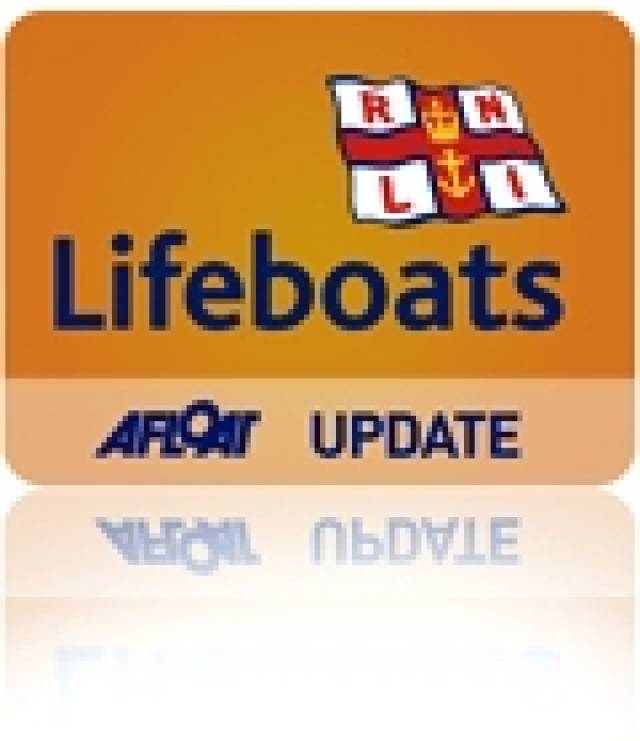#RNLI - Two red flare sighting in recent days prompted launches by the Baltimore RNLI volunteer lifeboat crew - the first from the new station at Bullpoint.
On Saturday last (27 July) a red flare was reported after 8pm in the area of Inisbeg on the Ilen River, near Skibbereen in West Cork.
Helm Micheal Cottrell and his crew carried out a search as far upriver as the rowing club, making inquiries with vessels on the river. With no trouble found, the search was stood down and the lifeboat returned to the station at 9.10pm.
Then on Tuesday night (30 July) the alarm was raised when a member of the public reported sighting a red flare to the southwest of Tragumna Beach just before 11pm.
The all-weather lifeboat proceeded to Tragumna Bay, where a local fishing boat had already begun a search. Coxswain Kieran Cotter spoke by mobile phone with the observer of the flare, and the lifeboat searched west along the shoreline towards Tragumna Beach in response to the observer's directions.
By midnight nothing had been found, and the search was stood down as all indications were that this was most likely a firework or chinese lantern launched from the headland southwest of Tragumna.
Baltimore RNLI lifeboat operations manager Tom Bushe commented that he was "delighted with how the new carriage launching system worked" and thanked the volunteer crew and shore crew for all their hard work in learning new procedures.
Furthermore he advised that if people are setting off fireworks or releasing chinese lanterns in coastal areas to notify the coastguard of their intent.
Volunteer crew on board the inshore lifeboat were helm Micheal Cottrell, Tadhg Collins and Connor Dempsey, with shore crew comprising Jerry Smith, Rianne Smith and Seamus O'Driscoll. Volunteer RNLI crew on board the all-weather lifeboat were coxswain Kieran Cotter, mechanic Cathal Cottrell, Jerry Smith, Sean McCarthy, Tadhg Collins, Shane McSweeeny and Eoin Ryan.
































































